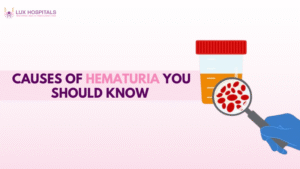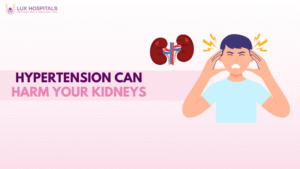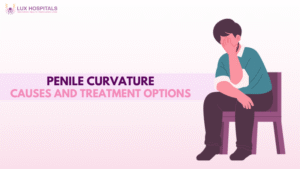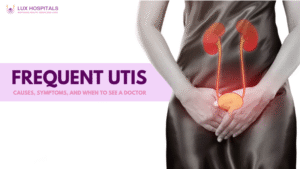Polycystic Kidney Disease: Symptoms and Treatment
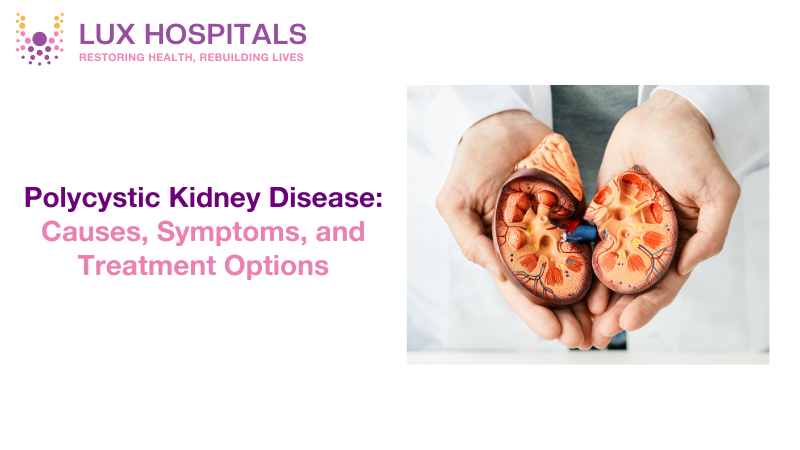
A disease that has a genetic cause, polycystic kidney disorder (PKD), is when there are many cysts full of fluid on the kidneys. It occurs in millions worldwide and can spread to overall health beyond kidney performance. The cysts can enlarge the kidneys, causing them not to work properly and, in severe circumstances, resulting in kidney failure.
Knowing the etiology, manifestations, and management of polycystic kidney disease will help one address the condition in the best manner. PKD impacts the kidneys, but it may also affect other organs, making it more likely to develop complications such as liver cysts and cardiovascular illnesses. Proper management and early diagnosis can help maximize the quality of life and prevent further disease progression.
Causes of Polycystic Kidney Disease
It is primarily caused by gene mutations, the principal cause of polycystic kidney disease. PKD has two dominant forms:
- Autosomal dominant polycystic kidney disease (ADPKD): The most common form inherited from one affected parent. The typical age range for symptoms is between 30 and 40.
- Autosomal Recessive Polycystic Kidney Disease (ARPKD): A rare and severe form that appears in infancy or early childhood. Both parents must carry the faulty gene for a child to inherit this condition.
Other than genetics, some risk factors like family history of PKD, hypertension, and infections of the kidney can affect the disease progression.
Symptoms of Polycystic Kidney Disease
The signs and symptoms of PKD will vary based on the severity and stage of the disease. The general symptoms are:
- Increased blood pressure
- Side or upper back pain
- Chronic urinary tract infections (UTIs)
- Blood in the urine (hematuria)
- Kidney stones
- Swollen belly due to enlarged kidneys
- Headaches and fatigue
Most patients are symptom-free at first; early imaging test diagnosis of ultrasound or MRI is essential.
Polycystic Kidney Disease Treatment Options
Even though PKD cannot be cured, it can be treated to control symptoms and slow down the progression of the disease.
1. Lifestyle Changes
- Fluid Intake: Adequate water intake prevents the formation of kidney stones and UTIs.
- Low-Sodium Diet: Salt limitation maintains blood pressure under control.
- Exercise Regularly: Ideal weight reduces strain on kidneys.
- Avoiding Caffeine: Excessive use of caffeine has been implicated by some research as contributing to the growth of cysts.
2. Dialysis and Kidney Transplant
- In highly poor situations, when kidney functioning is below 10-15%, dialysis is required.
- The ultimate long-term treatment for end-stage PKD is kidney transplantation with improved quality of life.
Surgical Treatment and Postoperative Management
When the cysts generate severe pain or infection, surgical treatment may be needed.
Surgical Procedures of PKD
- Cyst Drainage: to drain very large, painful bulging cysts.
- Nephrectomy: removal of partial or whole kidneys in more severe cases.
- Kidney Transplant: The treatment of choice for end-stage renal failure due to PKD.
Post-Surgery Care and Precautions
- Hydration and Diet: Careful diet management and hydration help the body to recover.
- Regular Monitoring: Regular follow-up to monitor kidney function and general health.
- Prevention of Infections: The patient must be extremely cautious not to develop any infections, because they lead to the weakening of kidneys.
What to Expect with Polycystic Kidney Disease?
PKD needs continuous medical attention and dietary modification. Patients must:
- Close collaboration with medical practitioners for standard renal function testing.
- Consume a diet that is favorable to the kidneys to slow disease progression.
- Exercise regularly, but avoid extreme physical exertion that can hurt the kidneys.
- Educate themselves and their families about PKD and managing it.
Conclusion
Polycystic kidney disease is a severe hereditary disease with life-threatening complications. While there is no cure, management of polycystic kidney disease in the form of medications, lifestyle modifications, and surgery can manage the disease and improve quality of life. Early detection, proper medical care, and vigorous health management are important to delay the course of the disease and conserve kidney function for as long as possible.
Frequently Asked Questions
No, so far, PKD has no cure. But treatments can cure symptoms and prolong disease.
Early diagnosis may present high blood pressure, lower back pain, frequent urinary tract infection, and hematuria.
PKD is diagnosed using imaging procedures like ultrasound, MRI, or CT scan and examination of family medical history.
Increased fluid intake, low-sodium diet, restriction of caffeine, and cautious weight control manage the disease.
Although PKD is not life-threatening, its complications like kidney failure, hypertension, and infection are dangerous.
Kidney transplantation is indicated when kidney function reaches the stage of end-stage renal failure.
Yes, PKD is a genetic disorder, and therefore, children can develop it if either or both the parents carry the defective gene.

















